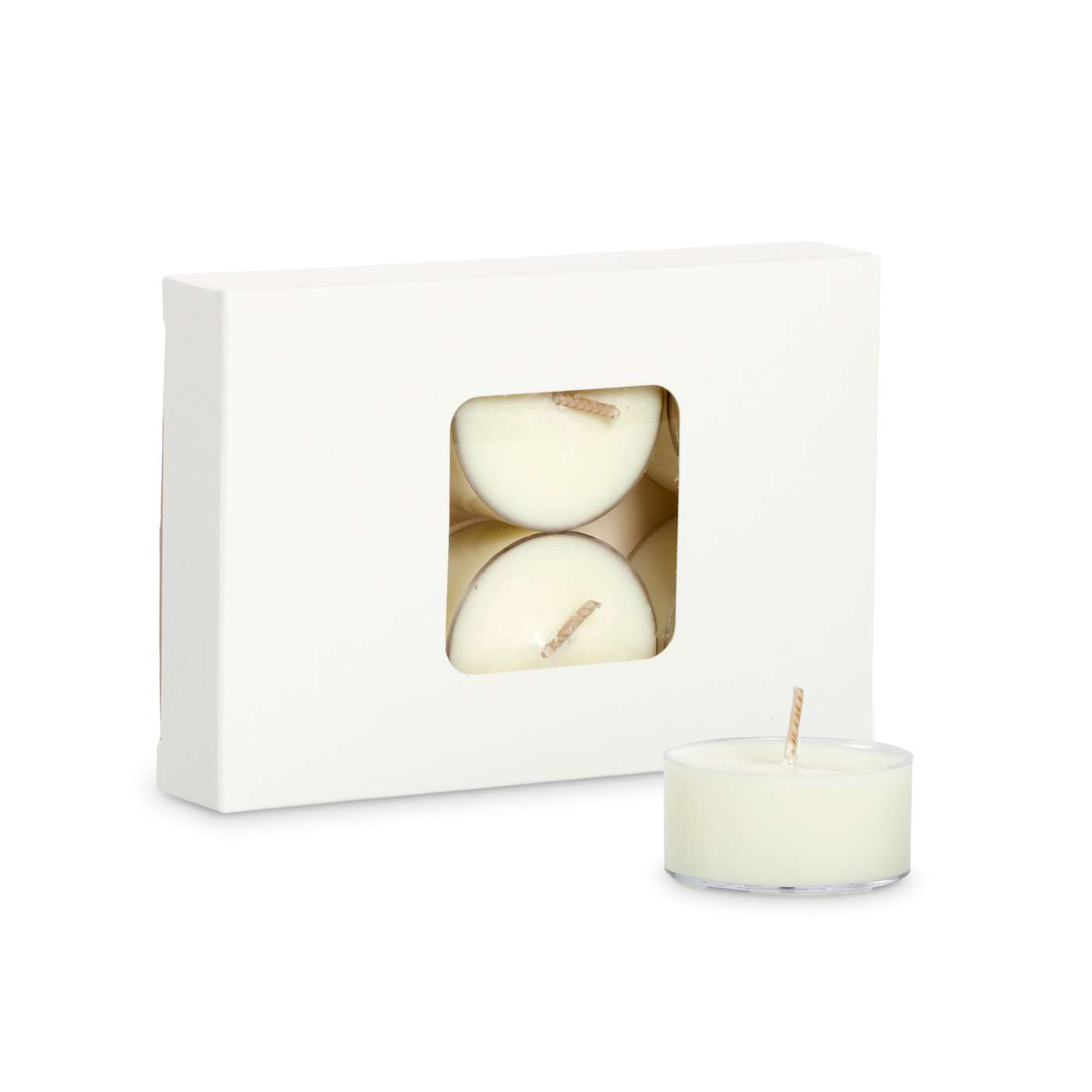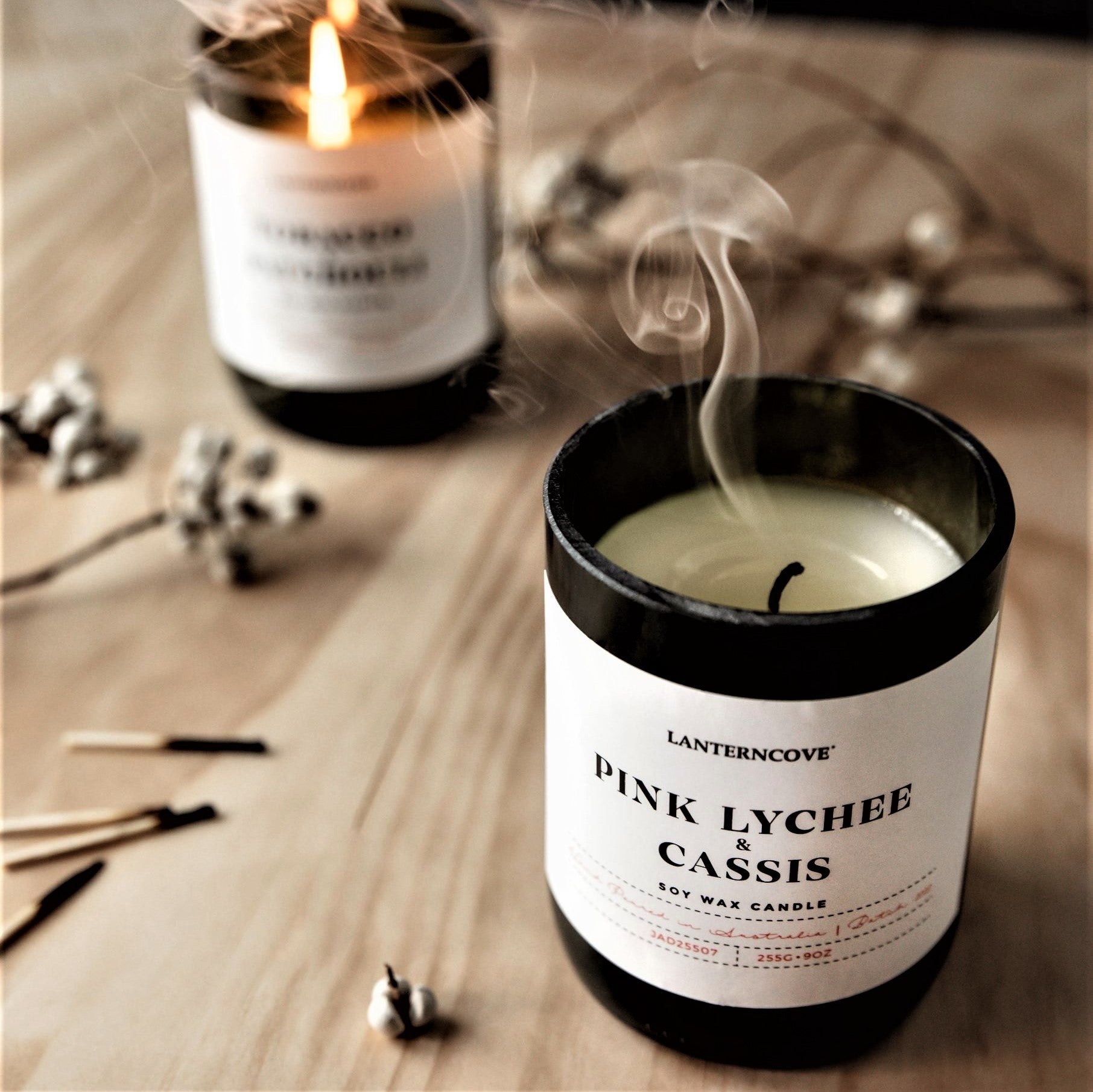Shop Sustainable Soy Wax Candles and Home Fragrance Collections
Shop Sustainable Soy Wax Candles and Home Fragrance Collections
Blog Article
From Wick to Wax: Recognizing the Chemistry Behind Soy Wax Candles and Their Ecological Effect
As we illuminate our areas with the cozy glow of candle lights, there lies a world of detailed chemistry behind the relatively basic act of lighting a soy wax candle. The choice in between soy and paraffin wax expands beyond mere aesthetic appeals, delving into the world of environmental influence and the extremely make-up of the materials. Comprehending the molecular framework of soy wax and its combustion process clarifies the discharges launched into our surroundings. Join us as we unwind the clinical ins and outs behind soy wax candle lights and discover their ramifications on our atmosphere.
Soy Wax Vs. Paraffin Wax
When contrasting soy wax and paraffin wax for candle production, it is important to comprehend the distinct features and advantages of each product. Soy wax is an all-natural, renewable energy acquired from soybean oil, making it environmentally friendly and biodegradable - crystal soy candles. In comparison, paraffin wax is a by-product of oil refining, which increases worries regarding its ecological impact and sustainability
Soy wax candle lights melt cleaner and send out less soot compared to paraffin wax candle lights, making them a much healthier option for indoor air quality. Furthermore, soy wax has a reduced melting point, enabling a longer-lasting candle that disperses scent better. Paraffin wax, on the various other hand, has a tendency to shed faster and less easily, possibly launching dangerous chemicals into the air.
From a sustainability point of view, soy wax is favored for its biodegradability and renewable sourcing, straightening with the expanding consumer preference for eco aware items. While paraffin wax has been a conventional choice in candle light making because of its cost and simplicity of use, the change in the direction of green options like soy wax is gaining energy in the market.
Chemical Composition of Soy Wax

Burning Refine in Soy Candles
The chemical structure of soy wax directly affects the burning process in soy candles, impacting factors such as burn time, aroma launch, and environmental influence. When Our site a soy candle is lit, the warmth from the fire melts the wax near the wick.
The burning efficiency of soy candle lights is influenced by the purity of the soy wax and the quality of the wick. A clean-burning soy candle light with an effectively sized wick will create a stable fire and reduce soot development. This not only prolongs the burn time of the candle however also improves the release of scents. Furthermore, soy wax candles have a reduced environmental influence compared to paraffin candles because of their eco-friendly and biodegradable nature.

Ecological Benefits of Soy Wax

Taken into consideration a lasting alternative to typical paraffin wax, soy wax provides remarkable environmental benefits that make it a popular selection among eco-conscious consumers. Soy wax burns cleaner and generates less soot than paraffin wax, contributing to far better interior air top quality and minimizing the requirement for cleansing and check out this site upkeep. Overall, the ecological advantages of soy wax line other up with the expanding demand for lasting and environmentally friendly products in the market.
Recycling and Disposal Factors To Consider
Reusing and correct disposal of soy wax candles play an essential function in maintaining environmental sustainability and minimizing waste in families and communities. When it comes to recycling soy wax candles, the first step is to ensure that the candle light has actually shed entirely.

In regards to disposal, if recycling is not an alternative, soy wax candle lights are naturally degradable and can be safely taken care of in the majority of home waste systems. Nonetheless, it is constantly recommended to get in touch with regional reusing centers or waste administration solutions for details guidelines on candle disposal to ensure correct handling and environmental management.
Conclusion
In verdict, the chemistry behind soy wax candles exposes their environmental advantages over paraffin wax candles. Soy wax, stemmed from soybean oil, burns cleaner and produces much less residue when contrasted to paraffin wax. The combustion procedure in soy candle lights is a lot more reliable, resulting in a longer and a lot more also shed. Additionally, soy wax is naturally degradable and renewable, making it a much more sustainable choice for candle light production. Reusing and appropriate disposal of soy wax candles further add to their environmental impact.
When contrasting soy wax and paraffin wax for candle making, it is essential to recognize the distinctive attributes and advantages of each material (soy wax candles).Soy wax candle lights shed cleaner and discharge less soot compared to paraffin wax candles, making them a healthier selection for interior air top quality.Taken into consideration a sustainable option to standard paraffin wax, soy wax provides significant ecological benefits that make it a popular choice among eco-conscious customers. Soy wax burns cleaner and produces much less residue than paraffin wax, contributing to much better indoor air quality and reducing the requirement for cleaning and upkeep.In final thought, the chemistry behind soy wax candle lights reveals their ecological benefits over paraffin wax candle lights
Report this page